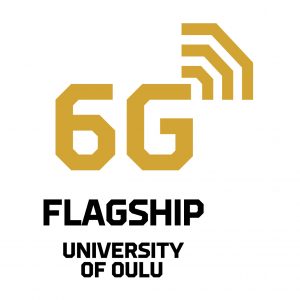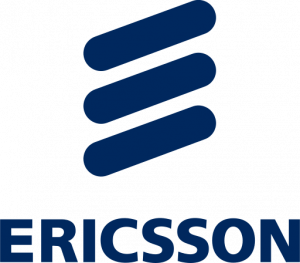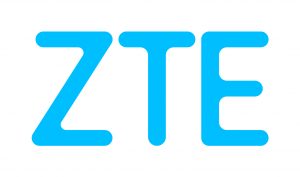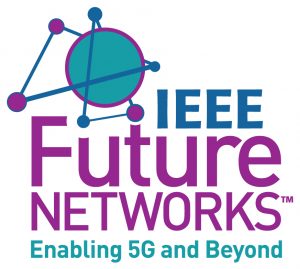
Prof Henning Schulzrinne, Levi Professor of Computer Science at Columbia University, received his Ph.D. from the University of Massachusetts in Amherst, Massachusetts. MTS at AT&T Bell Laboratories;associate department head at GMD-Fokus (Berlin), before joining the Computer Science and EE departments at Columbia University. He served as chair of Computer Science from 2004 to 2009 and as Engineering Fellow, Technical Advisor and Chief Technology Officer of the Federal Communications Commission (FCC) from 2010 until 2017.Protocol standards co-developed by him, including RTP, RTSP and SIP, are now used by almost all Internet telephony and multimedia applications.Fellow of the ACM and IEEE.
Do We Still Need Wi-Fi in the 6G Era
For more than twenty years, 802.11 or Wi-Fi has been the undisputed champion of enterprise and home networks. Even as fast cellular data networks have become widely available, Wi-Fi still carries the lion’s share of data and has relegated other WLAN or short-range wireless standards to niche roles. But the cellular and Wi-Fi worlds have been converging, slowly, at all layers. Both cellular and Wi-Fi now have commonalities at the physical, network, access control (DIAMETER) and application layers (e.g., web and VoIP) and there’s strong interest in using 5G systems for some high-end applications. In planning for 6G, what lessons can we learn from this parallel existence and the historical developments of these networks? What are the advantages and disadvantages of such a hypothetical convergence?
Hits: 708













